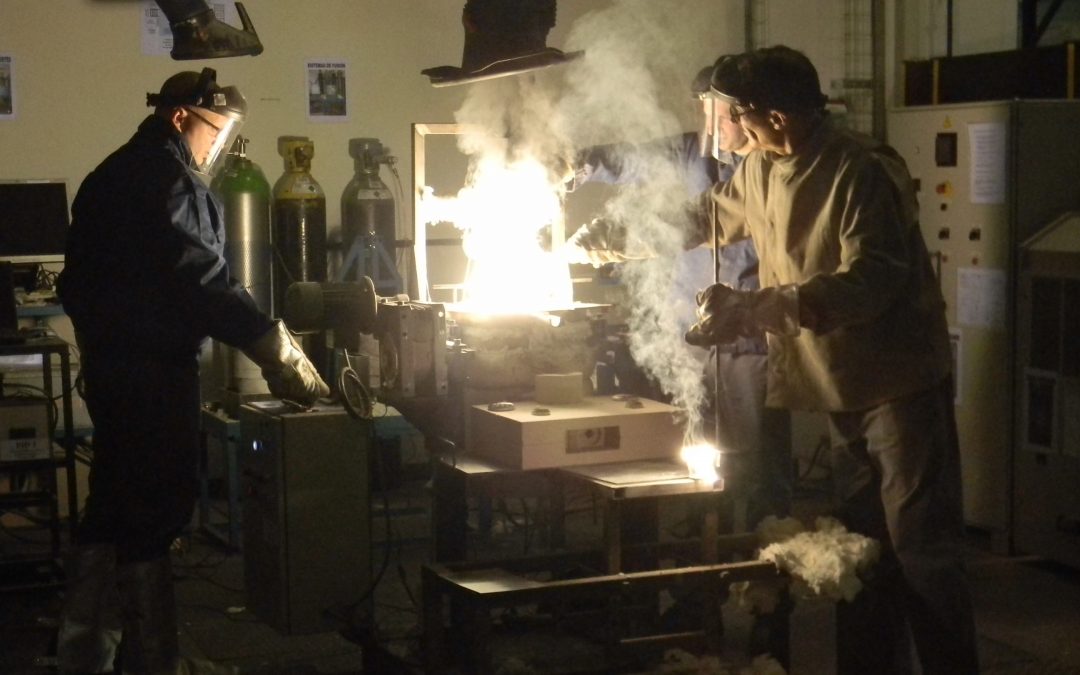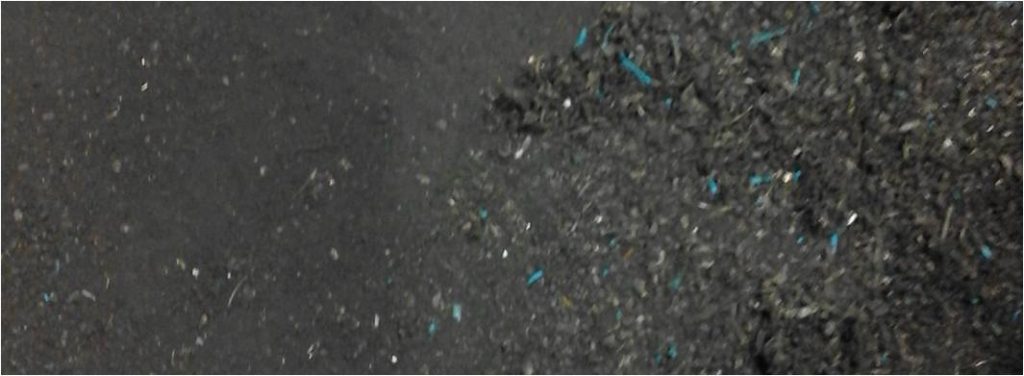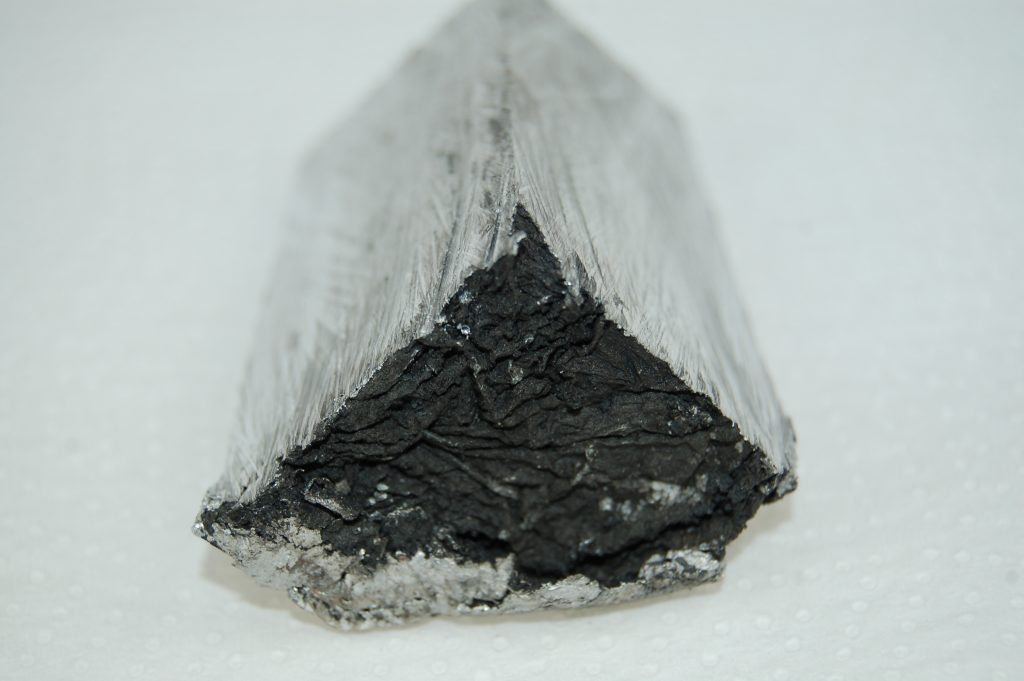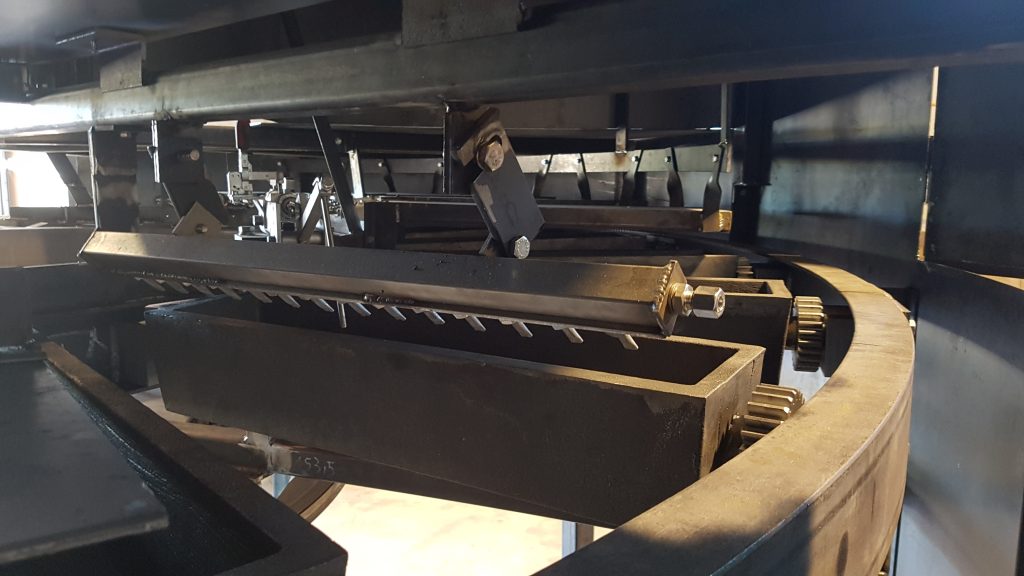Summary of the context and overall objectives of the project
Remaghic was focused on contributing to Europe’s rare earth recovery and magnesium recycling technologies, improving the efficiencies of these processes and advancing the technology readiness levels for a new generation of industrial processes that will produce new low cost competitive alloys for a wide variety of sectors across Europe’s manufacturing value chain.
The project motivation lies on the fact that magnesium alloys can offer a significant mass reduction when compared to aluminium alloys. Weight reduction is a cross sectorial key design driver; if a superior energy absorption and vibratory behaviour is added, then magnesium becomes a promising candidate for future application. However, this entails that some of its drawbacks have to be overcome, such as its cost, manufacturability problems, corrosion and creep behaviour and low allowable service temperature. Addition of rare-earth elements (REEs) improves the performance of magnesium alloys significantly, though a price increase has to be taken into account. Remaghic believes that by investing in recovery and recycling technologies, a new alloying process can be developed to yield low cost Mg+REE alloys. Even though there are many Mg+REE alloys in the market, none of these is obtained from fully recovered/recycled raw materials. This was the main objective of the project: combining the recovery from magnesium dross and scrap to the recovery of REEs from different wastes to produce new low cost high performance Mg+REE alloys
The reasons why this project was important for society are technical (fostering recycling activitities to support Europe’s circular economy, producing high performance low cost alloys based on secondary raw materials, and recover rare earths), environmental (REE recovery processes provide important benefits with respect to air emissions, groundwater protection, acidification, eutrophication, and climate protection) and strategic (strengthening of Europe’s Industrial Competitiveness and sheltering Europe from its dependency of exterior sources).
Work performed from the beginning of the project to the end of the period covered by the report and main results achieved so far (M19 to M36)
Besides Project Management and Dissemination, the technical work performed includes:
WP1 focused on REE recovery processes. First of all, an evaluation of the different waste streams and their REE content was performed. The outcome was a waste classification according to the concentration of the most interesting REEs for the project (Y, Ce, La), taking into account the information about the presence of other REEs. The most interesting REE-containing waste streams were found to be: fluorescent lamp phosphors, cathode-ray tubes (CRT) phosphors and nickel metal hydride (NiMH) batteries.
The second task was devoted to the Balance Problem, which is the balance between the demand by the economic markets and the natural abundance of REEs in ores. An overview for the trends in applications of the different REEs was provided discussing the relationship between criticality and the Balance Problem. The Balance Problem implicates that the REE industry has to find new applications for REEs that are available in excess, or to search for substitutions for REEs that have limited availability and that are high in demand. In task 1.3 the treatment of the residues with different processes and chains of processes was performed, defining several process routes. In particular, four routes were tested for REE recovery (Y, Eu, Tb, La and Ce) from fluorescent lamps, one route was studied for Y and Eu recovery from CRT phosphors and two routes were investigated for the recovery of La and Ce recovery from NiMH batteries. These routes were compared by using a multi criteria optimization methodology that included technical, environmental and LCA indicators.
Finally, in task 1.4 the best process combination was selected and an upscaled design to demonstrate the feasibility of the integrated REE recovery process was produced.
WP2 focused on magnesium recycling methodologies. By analysing the dross, the sludge and the scrap, methodologies to recycle scrap and scum were developed and a laboratory test unit was implemented.
WP3 alloyed recycled magnesium with different rare-earth elements, previously narrowed down from the list of available elements in the waste streams that did not hinder the balance problem, and crossed with the end user requirements of the automotive, aeronautics and biomedical industries. The characterization of these alloys allowed measuring the advantages of different compositions for castability, mechanical properties, creep, corrosion and biomedical compatibilities. With the chosen alloy, each end user demonstrated with a use case the weight savings and improved performance of the alloy for different applications.
WP5 was devoted to the LCA analysis of the REE recycling processes (Task 5.1) and to the magnesium recycling process (Task 5.2), with a final analysis of the Mg+REE alloy overall process (Task 5.3). It fed environmental indicators for the decission making processes of WP1 and WP2, and later validated the economical and environmental performance of the upscaled Remaghic industrial facility.
Progress beyond the state of the art, expected results until the end of the project and potential impacts (including the socio-economic impact and the wider societal implications of the project so far)
The Remaghic innovation potential can be summarized as follows:
Related to REE supplier chain, keeping the REE markets in balance is of strategic importance, not only to secure the supply of all REEs required for technological and other applications, but also to avoid dramatic price shocks for critical REEs. Different solutions have been proposed to solve the Balance Problem: diversification of REE resources, recycling or recovering process, substitution or reduced use of the main demanded REEs, and develop new high-volume applications. With the Remaghic proposal 4 of these 5 solutions were taken into account. New processes were evaluated based on the use of combined pyro- hydro- iono- and solvometallurgical techniques, introducing innovative solvents and targeting the valorisation of other REEs in addition to that forseen in the project.
For the recycling process of magnesium, Remaghic has developed a recycling methodology for scrap that has been later upscaled to an industrial facility able to recycle and alloy magnesium at a rate of 240 kg/h. For the dross and sludge, Remaghic has developed an innovative recycling methodology, using fluxes and measuring the influence of all the project parameters in the final efficiency. The correct performance of the Remaghic facility has been measured through durability and capacity tests, measuring consumption and performance parameters for the project’s life cycle analysis.
In LCA terms, the project has achieved magnesium recycling energy savings of 50% (measured against primary production figures).
The project demonstrated that the addition of certain REEs improves the mechanical performance (including creep) and, depending on the composition, improves corrosion under different environments, not hindering the biocompatibility.
Regarding the market innovation, this project will contribute to the penetration of magnesium alloys in important sectors for the European industry and promote future generations of light structural components. The project analysed different market segments and assessed the economical feasibility of producting reycled magnesium alloys with primary REEs for 2.4 €/kg, a 20% less than the primary magnesium target price of the project.





Recent Comments